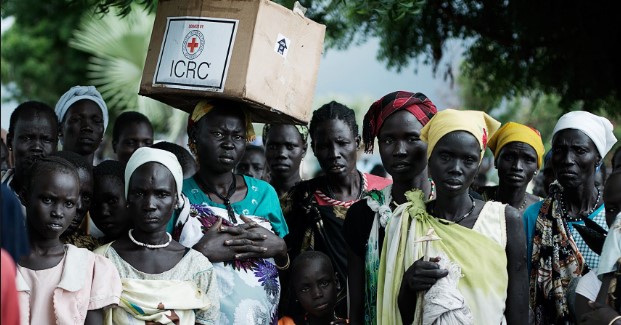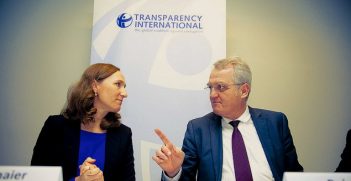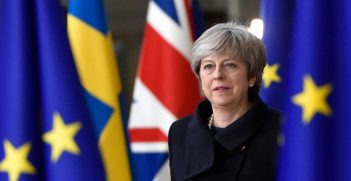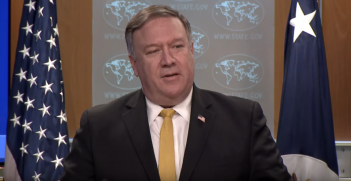Renewed Fighting in South Sudan

Violence has broken out again this month in South Sudan. Here’s what you need to know.
Since South Sudan gained independence from Sudan in 2011, the world has had high hopes for peace and stability in the new nation. These hopes were dashed in 2013 when conflict broke out, lasting until December 2015, several months after a peace agreement was signed.
In April this year, a new Transitional Government of National Unity was formed, giving rise to a new sense of cautious optimism about South Sudan’s future. Once again, this optimism has been shattered, as violence broke out on 8 July between the parties of President Salva Kiir and Vice President Riek Machar and their respective military forces, leaving more than 300 dead in Juba, the capital city.
The nation of 11 million people covers an area roughly three times the size of France, possesses oil resources, the majestic Nile River, herds of livestock and rich agricultural potential. Yet stability and peace are not known to the people of South Sudan, given the almost five decades of conflict the area has witnessed. After the Ottoman-Egyptian rule of Sudan ended in the late 1800s, it came under British-Egyptian administration until Sudanese independence in 1956. The southern part of Sudan never saw the development of significant infrastructure—there are still no tarmac roads outside the capital and the majority of people are dependent on subsistence and pastoral agriculture.
With ongoing internal conflict, 1.6 million people remain internally displaced and more than 700,000 refugees have left the country since 2013, hindering agricultural production and resulting in high levels of food insecurity for an estimated 4.8 million people. The UN said the violence over the past 10 days has caused an additional 42,000 to flee their homes. Here’s what you need to know about the situation:
1. The humanitarian crisis is one of the world’s most worrying
With one in five people displaced and close to a third of the population now facing potential famine, the area remains one of the top global humanitarian crises. The renewed fighting and tensions have exacerbated the situation, with close to 42,000 people fleeing their homes and at least 300 people dead. The violence has hindered humanitarian efforts, prompting the UN to call for unfettered access for humanitarians and NGO workers to attend to the needs of the most vulnerable. With continued conflict, the dependence on humanitarian assistance may grow and self-reliance for the majority of people remains out of reach.
2. Despite a current ceasefire, renewed fighting is possible
Tensions remain high and there is potential for spill over of the conflict once again into the rest of the country. Several foreign governments have decided to evacuate their embassies and remove their citizens from the country, including Canada and other European nations. The Canadian Embassy in Juba closed on 11 July due to security concerns. The US is deploying troops to protect its citizens and its embassy. A ceasefire was announced Monday and appears to be holding, however the UNHCR urged borders to remain open should fighting continue and more people may need to leave the country. This will likely not include the many humanitarian aid workers that remain in the country to assist the large numbers of people in need, despite the risks to their own lives.
3. South Sudan’s neighbours call for a strengthened peacekeeping mission
The East African bloc of countries (IGAD) has asked for the UN peacekeeping mission (UNMISS) to be strengthened. UNMISS is already sizeable in South Sudan, with 750,000 peacekeepers. Some have suggested it help establish a buffer zone between the armed forces of President Kiir and Vice President Machar, the latter of which moved out of Juba Wednesday to an unknown location. At least two UN peacekeepers were killed in the violence last week. UNMISS maintains a number of “Protection of Civilian” sites (POC) throughout the country which provide safety and humanitarian assistance to hundreds of thousands of people, but the efforts clearly have not reached all those in need of protection. In the meantime, an arms embargo is being considered by the UN Security Council, in the hopes that it could also help de-escalate the fighting.
Rhonda Gossen is a senior advisor to the UNDP Crisis Response Unit. A former Canadian diplomat posted throughout Asia and Africa, Rhonda now works for the UN humanitarian system as a senior advisor on early recovery and post-crisis development and reconstruction. Th article originally appeared on Open Canada on 14 July and is republished with permission.





